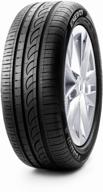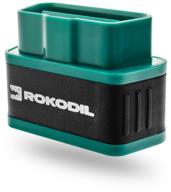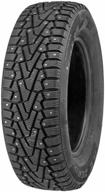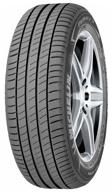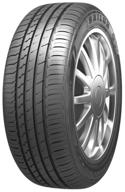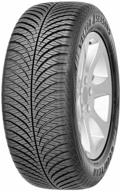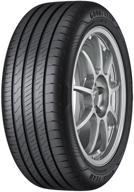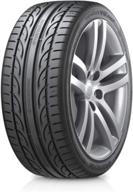
Review on Accurate and Reliable Moroso 89570 Tire Pressure Gauge | 0-100LB PSI | 2-5/8-Inch Face Dial by Jonathan Bennett

Good high pressure gauge. Negative for the thin body and lid.
I have a Moroso 89560 gauge (0-60psi) which meets my daily needs (regular car tires, 30-35psi). However, my compact spares run at 60psi. Since you can damage the pressure gauge by applying too much pressure to it, I needed a pressure gauge with a wide range. Compact bearing pressure doesn't have to be accurate and I didn't want to spend $40 so I bought the unit for $16. I had to send it back because of a leaking valve and toxic fumes. I've looked at other gauges under $20 and their reviews resulted in similar complaints (I'm guessing some of the gauges are the same, just from a different brand and packaged differently). So I reluctantly paid $40. I have a separate review for model 89560. Here are some additional comments. (1) Assortment. The 89560 reads from 0 to 60 psi. Notches are made in 1 psi increments. Moroso gauges have a slightly larger face (2-1/4" diameter) than most gauges (1-7/8" diameter); You can evaluate readings to within 1/2 psi. The 89570 reads from 0 to 100 psi. Grades are in 2 psi increments. Customs service; You can evaluate readings to within 1 psi. Many high pressure gauges have a range of 0 to 120, 150, or 160 psi. For larger ranges and smaller dials, you can only estimate around 2psi. (2) Comparison of the measured values. I have compared the Morosos 89560 and 89570 and the Accutire MS-5510B (digital pressure gauge) for pressures in the 30 psi range. All three read within 1psi of each other. The 89570 works well as a backup sensor for regular car tires. (3) build quality. The mechanical design of 89560 and 89570 is the same. Heavy duty industrial grade hose, bleed valve and fittings. With 89560 the hose was too stiff at the beginning and the coupling too tight (got better with use). The 89570 hose and coupler was "just right" right out of the box. Probably due to manufacturing differences. No leaks in fittings or exhaust valve. As mentioned in my 89560 review, the sensor (particularly the plastic dial cover) is a bit flimsy, especially for the $4 rubber case. Definitely take rubber boots with you. Even if you don't tap the meter, the plastic cover of the dial can come off; the boot keeps it in place. Others have mentioned installing the trunk without removing the hose and exhaust valve assembly. This can be risky. The cutout in the case is only about 1/2 inch. The hose and outlet valve assembly is approximately 1 inch in diameter at the handle and outlet valve. The rubber is tough but I would be afraid of breaking it. You must unscrew the hose and outlet valve assembly from the gauge very carefully. This unit was also heavily overloaded. Do not touch or twist the sensor body, you will damage it. Use two keys. Be patient. (5) Read on. The pressure gauge shows no pressure when the coupling is removed from the valve stem. Good. Holding a reading is only important if you can't read the sensor when it's on the tire. This pressure gauge is equipped with a hose and a fully rotating fitting. Reading the pressure gauge is easy regardless of the position and angle of the valve stem.
- Tools and Equipment
- Compatibility


